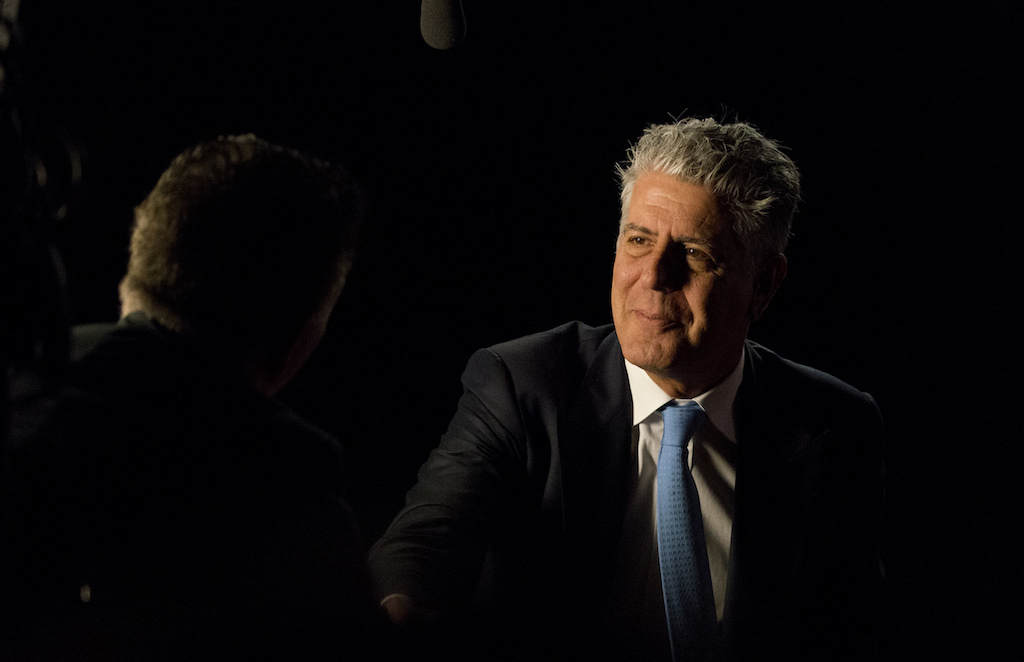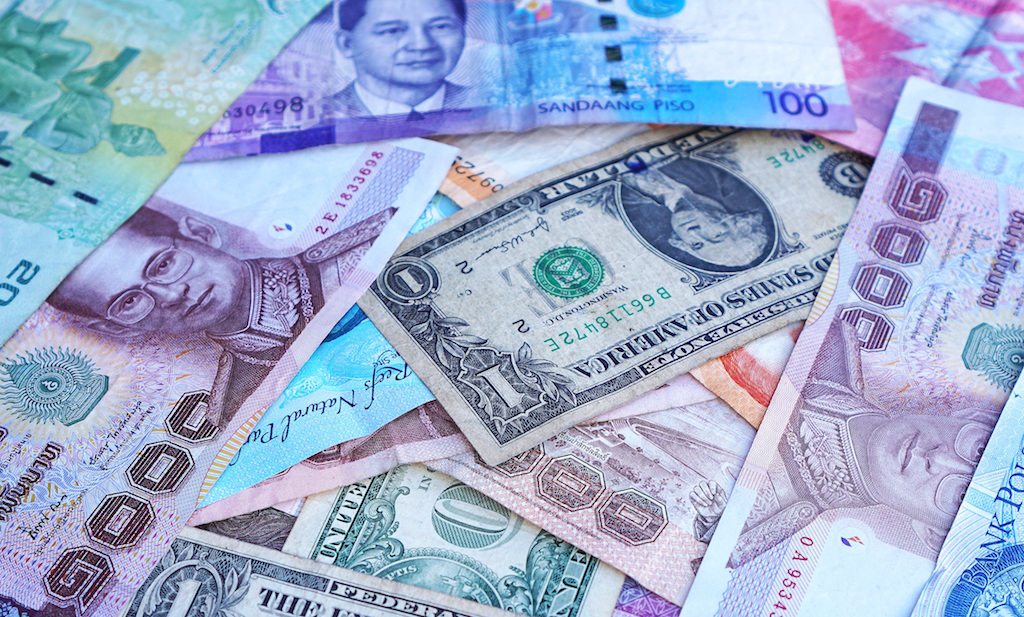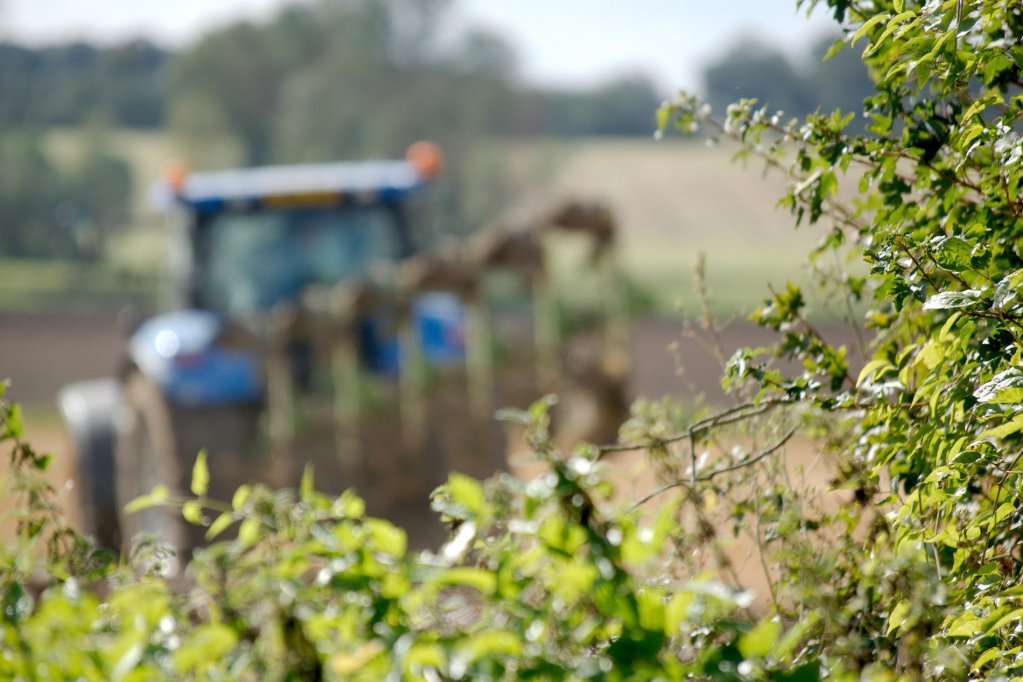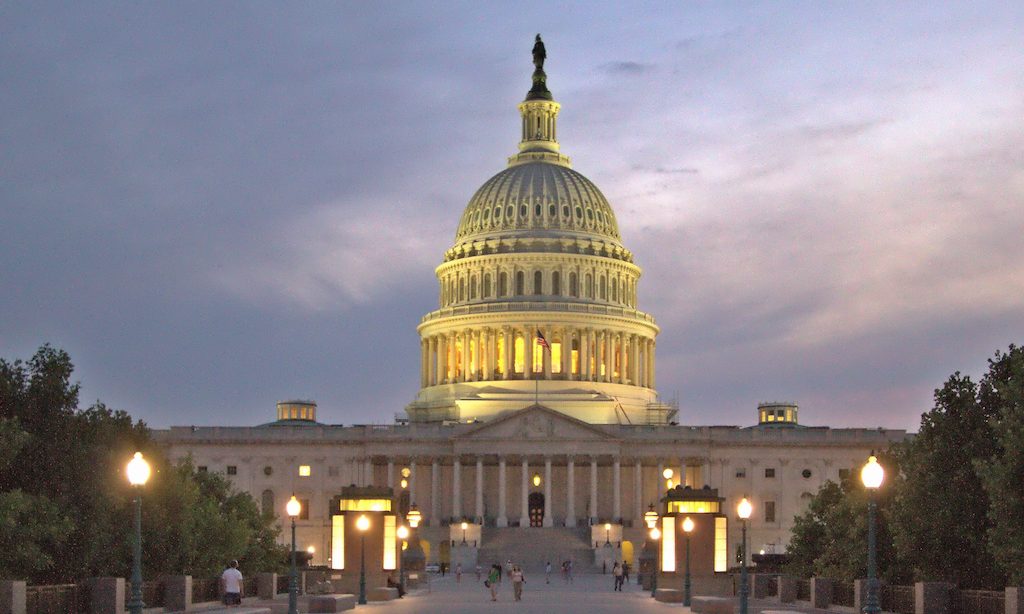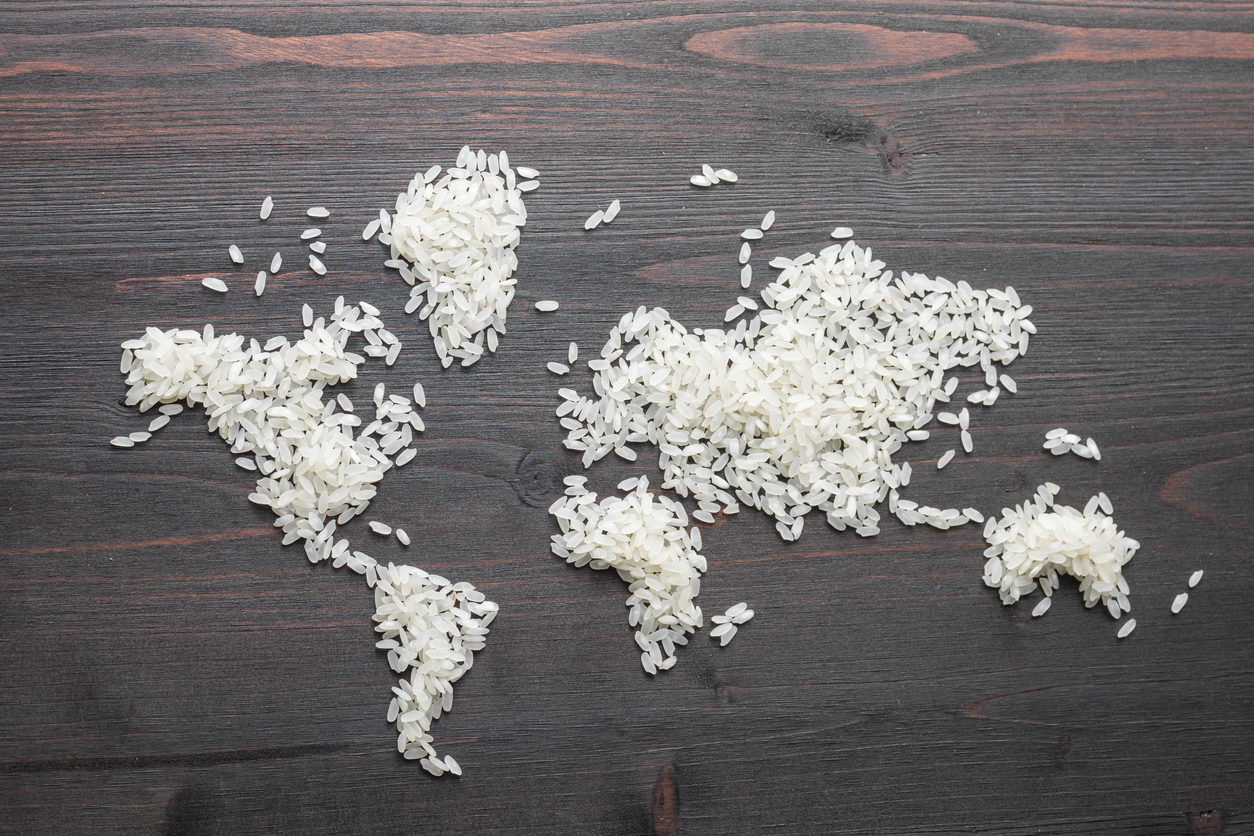Would Anthony Bourdain have trekked the Anthony Bourdain Food Trail?
Last week, three members of New Jersey’s State Legislature introduced a resolution that interested many in food media. Assembly Resolution No. 173, sponsored by Assemblyman Paul Moriarty and Assemblywomen Carol Murphy and Angela McKnight, called on New Jersey’s Division of Travel and Tourism to establish an “Anthony Bourdain Food Trail” that would highlight 10 different eateries the chef, author, and television host had visited in the New Jersey episode of his CNN series, Parts Unknown.
Bourdain was found dead in his hotel bathroom on June 8, the victim of an apparent suicide. At the time, he had been filming a segment of Parts Unknown in the small Alsatian village of Kaysersberg, in northeastern France.
In somewhat unusual—though also delightful—legislative language, the proposal describes the star of each individual eatery as though it were listed on a menu. The “classic Jersey sandwich,” at Frank’s Deli in Asbury Park for instance, is said to have “layers of sliced ham, provolone, tomato, onions, shredded lettuce, roasted peppers, oil, and vinegar.”
Sounds delicious, but also made us wonder: Bourdain built his body of work (and his brand) around impromptu eating experiences—the kind we’re rewarded with when we abandon recommendations and reviews and guidebooks and instead go stumbling, headlong and hungry, into someone else’s shoes.
Would he have approved? And what’s a food trail, anyway?
Basically, it’s what it sounds like: a list of establishments along a suggested route, in a given geographical region, that showcases local foods or beverages. The origins of these trails are as multifaceted as the regions themselves. While some are independently designed by tourism departments or private organizations, others are more informal, loosely crowdsourced from the public. For the nomadically-inclined, embarking on an unguided (well, by a human, at least) food tour can be as simple as searching for a food trail online, selecting any number of eateries to visit, and stopping in to savor a local treat.
The number of travelers seeking memorable culinary experiences is on the rise. In a 2016 study by the World Food Travel Association, 59 percent of respondents said that food and beverages play a “more important” role in travel than they did five years ago.
And that’s good news for trade organizations that want to capitalize on visitor interest to promote their struggling industries. New Hampshire’s Ice Cream Trail, for example, was created in response to the dwindling number of dairy farms in the state by the Granite State Dairy Promotion, also known as a dairy “checkoff”—a program funded by producers whose contributions pay for industry research and promotion. Such programs, which have come under recent fire for lack of oversight and alleged misuse of funds to support political lobbies, are responsible for familiar ads, like the once-ubiquitous “Got Milk?” campaign.
“It makes people from outside New Hampshire stop in because it’s a part of the trail,” she says. But “it’s also a reminder for local people that Blake’s is truly a local business.”
Sure, but back to Bourdain for a moment. One can’t help but detect some irony in the way an eponymous, institutionalized food trail—which would, according to Assemblyman Moriarty, be promoted by the tourism department under the category of “Things to do in NJ”—might conflict with the chef-writer’s under-the-radar, off-market ethos.
Moriarty says it shouldn’t.
“The places on the list very much keep with what he was all about. He didn’t go to five-star, Michelin restaurants. He dined with people who were real people,” he says. “By simply enumerating and espousing the various places that Anthony Bourdain felt spoke to him as a New Jersey boy, I don’t know how the trail would become something ‘established.’”
There’s another possibility, too. What if the culinary je ne sais quoi Bourdain pursued on camera is too elusive for any tourism board to capture? After all, Bourdain seemed to feel that eating well was a risky business, a pastime that flourished best in the absence of conventional wisdom. “You’re never going to get that magical meal if you’re not willing to take a chance on a bad one,” he once said. By this logic, those following Anthony Bourdain’s food trail might find the host’s unmistakable brand of magic missing.
It’s possible, of course, that visitors who come for Bourdain will go on to discover New Jersey gems on their own. What’s probably more likely, though, is that locals will find new favorites, off-site places they can claim as their own. That’s the strange allure of restaurants, after all. They tend to taste best when they’re well-kept secrets—especially when they’re yours.


